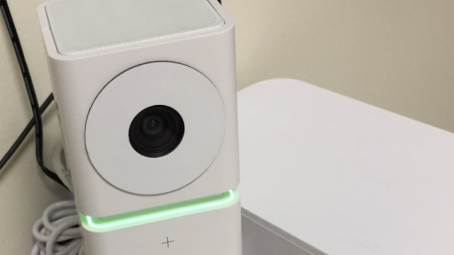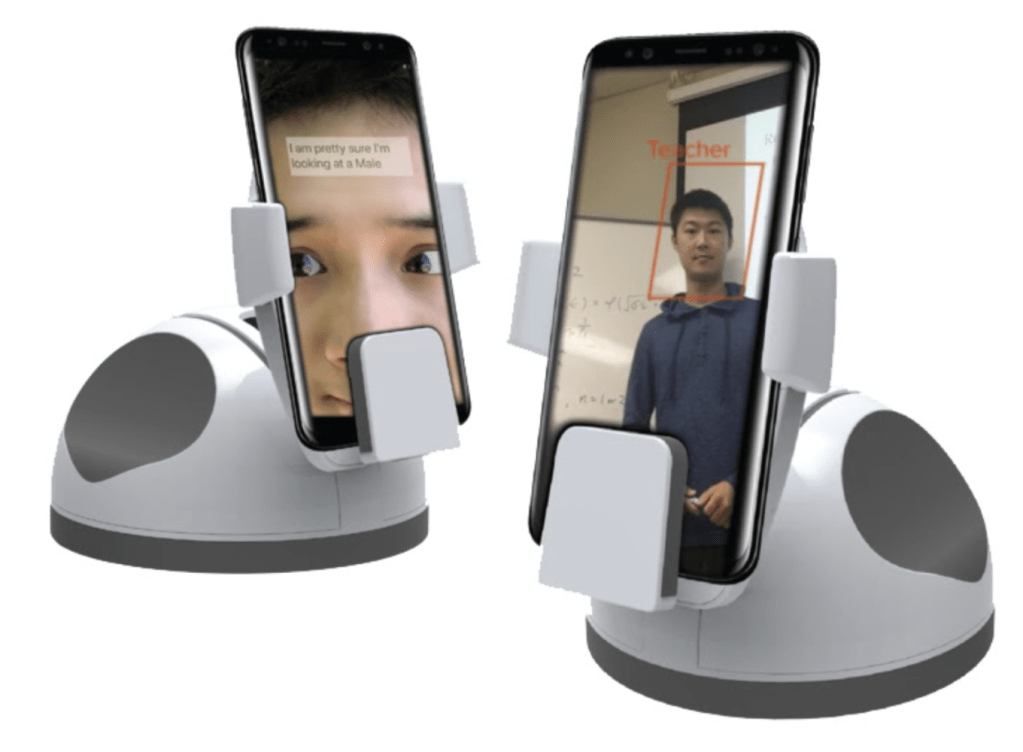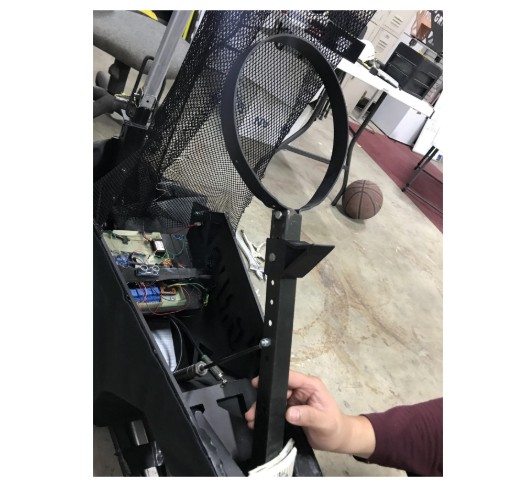
A question that frequently arises is: When is engineering required in product development?
This is a complex inquiry that relies on the perspective of the individual and the nature of the product itself. An industrial designer, for example, is likely to suggest that engineering comes into play after concept development and finalizing the design since their training emphasizes a design-centric approach.
This approach works well for familiar products such as over-ear headphones, earbuds, wrist wearables, handheld remotes, IoT devices, and others, where specific constraints like driver size and battery size are already defined and widely understood.
However, from my standpoint as an engineer, the answer to this question lies in selecting the most appropriate tool for the given task to ensure successful execution.
What does that mean?
Well, it depends on the next steps in your product development journey. If your objective is to secure funding, you will likely require visually appealing renderings to effectively communicate your vision to potential investors. In such cases, industrial design proves invaluable. After all, it’s quite challenging for an average engineer to create photorealistic renderings.
On the other hand, if your product is innovative (New Product Introduction or NPI) and your objective is to conduct feasibility studies, assess technology readiness, or demonstrate idea functionality, you would benefit from building a proof of concept (POC) prototype.
This typically involves consulting with one or more engineers who can assist in planning, surveying, designing, and constructing the POC using off-the-shelf consumer components (COTS) while minimizing costs wherever feasible.
For instance, we collaborated with an early-stage startup a few years ago that successfully validated their concept by assembling off-the-shelf components like a webcam, a Raspberry Pi, a Wi-Fi chipset, and a breadboard.
Although it may have resembled a science project, their approach proved effective and saved them a significant amount of money, thanks to the availability of off-the-shelf components and development kits, as well as single-board computers (SBCs). In another example, a fully custom magnetic coil winding for an electromagnetic application was necessary to validate the simulated computer generated model.

Once the proof of concept stage is completed, a decision must be made regarding whether to pursue a custom-designed chipset or continue utilizing off-the-shelf components/SBCs.
We have observed clients opting to continue with COTS components even during pilot testing due to limited availability or long lead times for surface-mounted device (SMD) components. Nevertheless, it is crucial to establish clear design constraints, such as internal volume, I/O ports, buttons, user interface requirements, ergonomics, thermal management, LED indicators, etc., before engaging in the design process.
At this stage, engineering and industrial design disciplines typically collaborate in developing functional and/or aesthetic prototypes.
From this point onward, engineering and industrial design continue to be intertwined.
When developing physical products, it is vital to progress through phases involving physical prototyping, component testing and qualification, thermal cycle tests, environmental testing, ergonomic testing, reliability testing, ingress protection testing, EVT/DVT/PVT (engineering verification testing/design verification testing/production verification testing), and more.
Through prototyping and testing, flaws and failures are identified, enabling the design to be refined for success. Recalling a product due to field failures is something best avoided.
The aim is to mitigate and eliminate risks throughout the process and gain the necessary confidence to proceed with commercialization and manufacturing. It’s important to recognize that perfection is unattainable, and that’s acceptable, as designing for perfection would impede the product’s journey to market.

If you have any questions about prototyping, engineering/product development, comment below or drop me message at mike@hatchduo.

